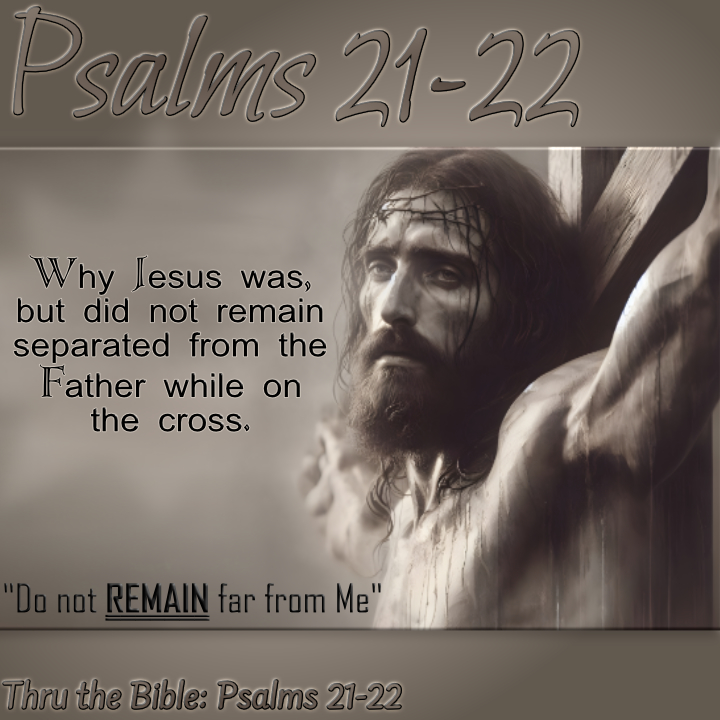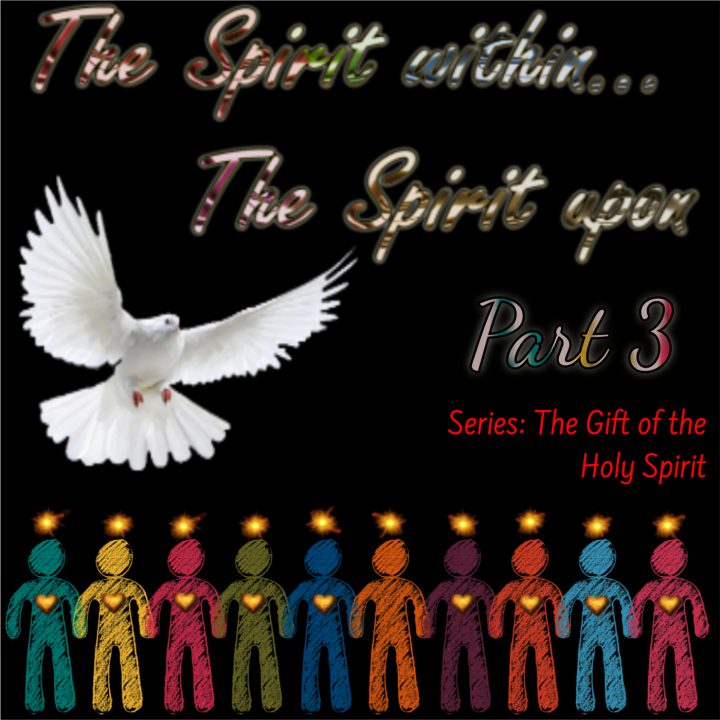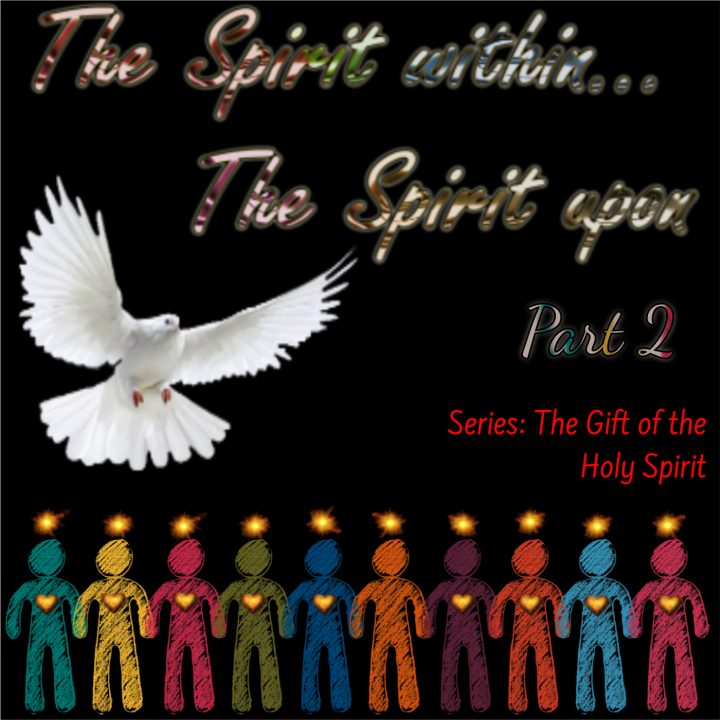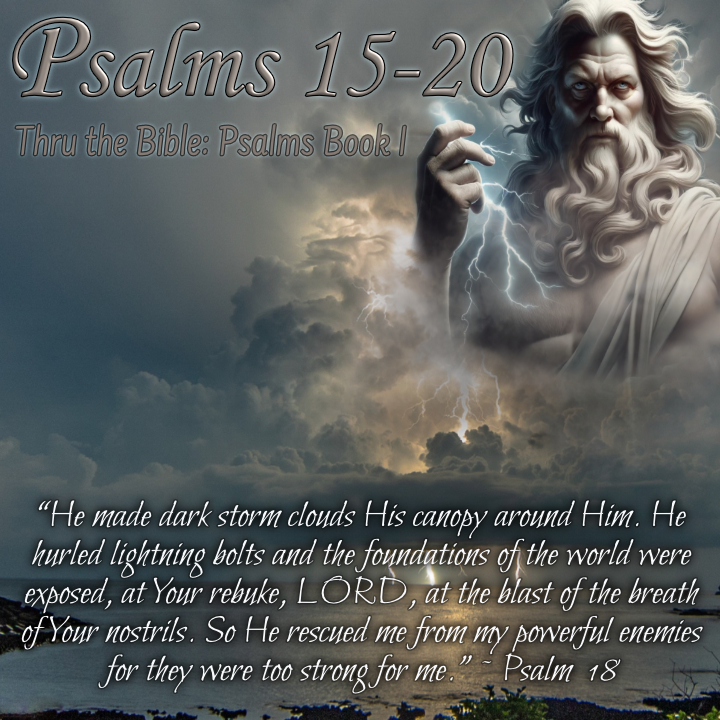Dying spiritually – which is to be separated from the Father – was the death Adam and Eve died IN THE DAY they rebelled in the Garden. Their spiritual connection to the Father was severed!
The prophet Isaiah clearly says that the Father laid upon Jesus the iniquity of us all. That it PLEASED the Father to crush Him, when He made Jesus’ very soul an offering for sin. That it was when the Father knew the travail of Jesus’ soul which was poured out unto DEATH that He was satisfied that the price had been paid.
The word “iniquity” in Isaiah 53:6 is the Hebrew word עוֹן (‛āwōn). It is a masculine noun meaning iniquity, guilt AND PUNISHMENT.
Continue reading



